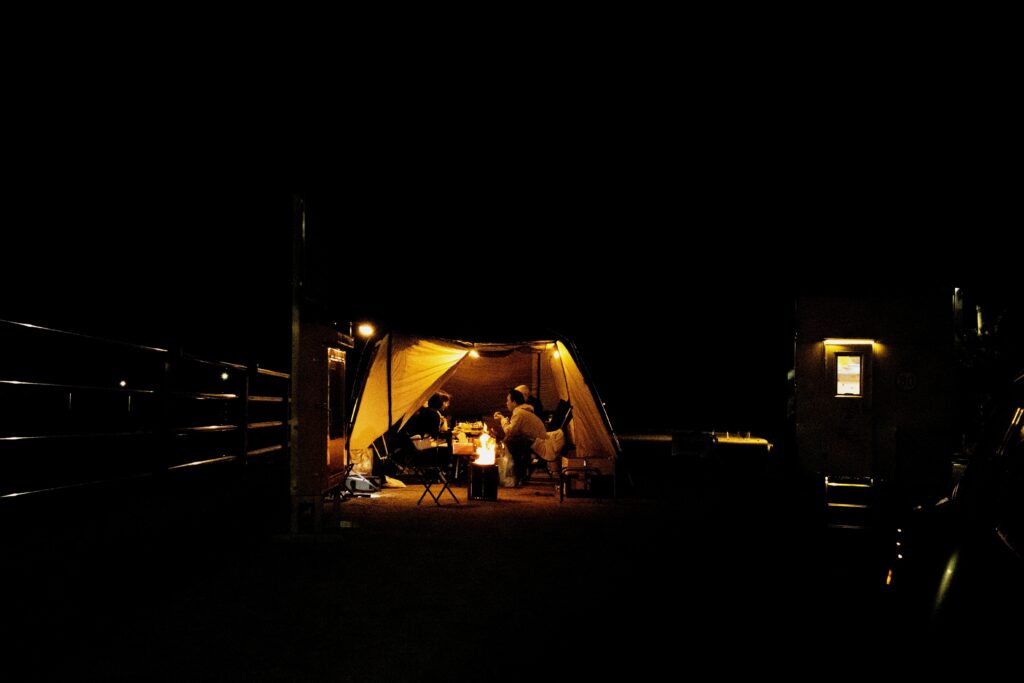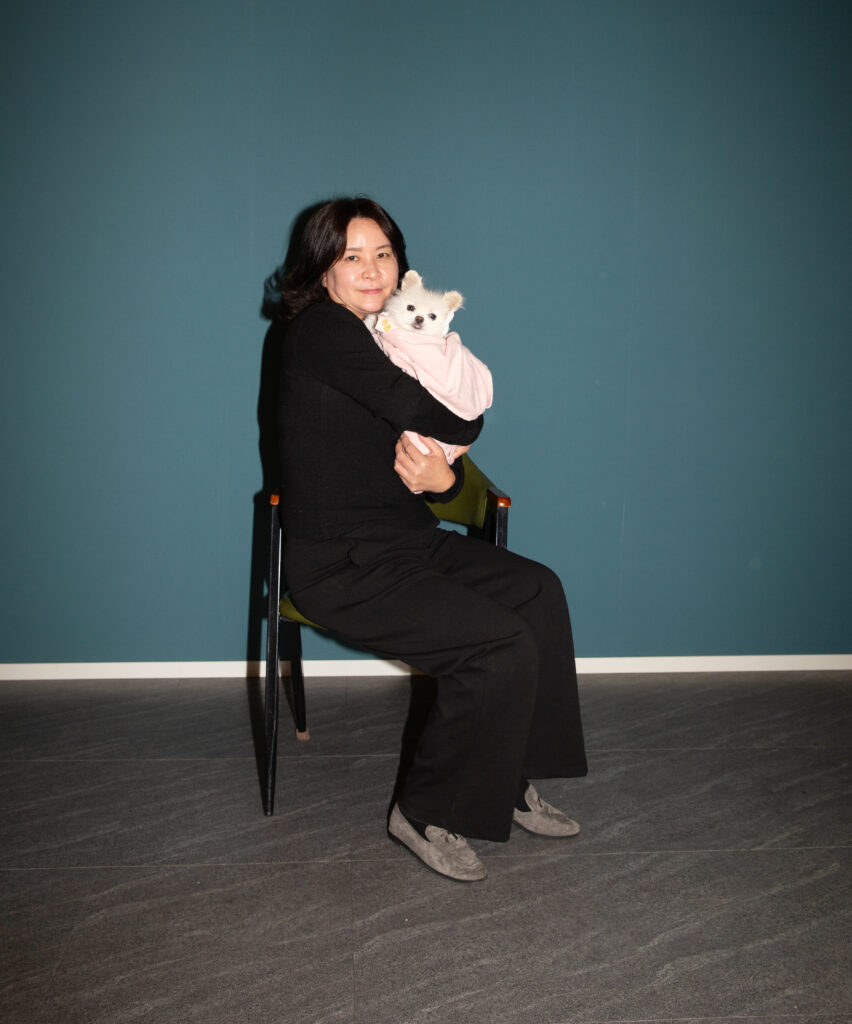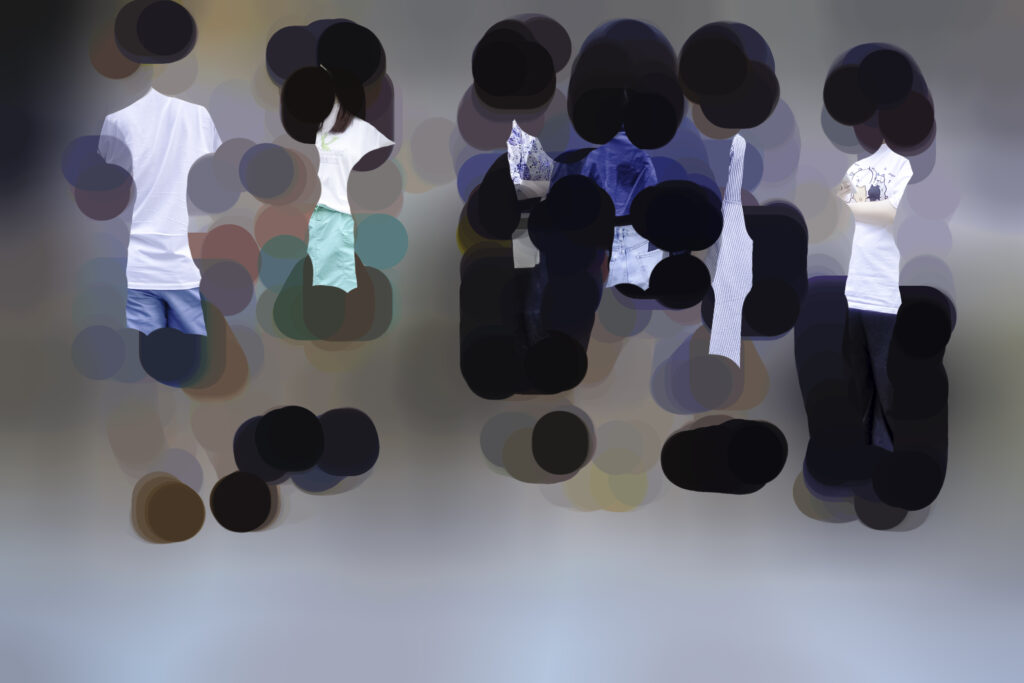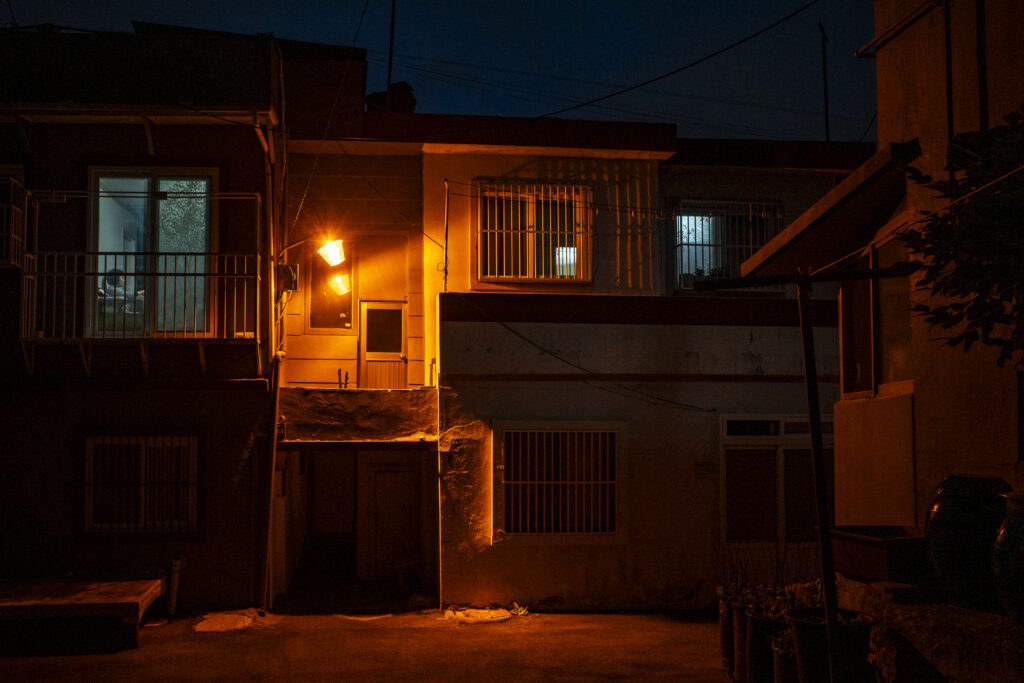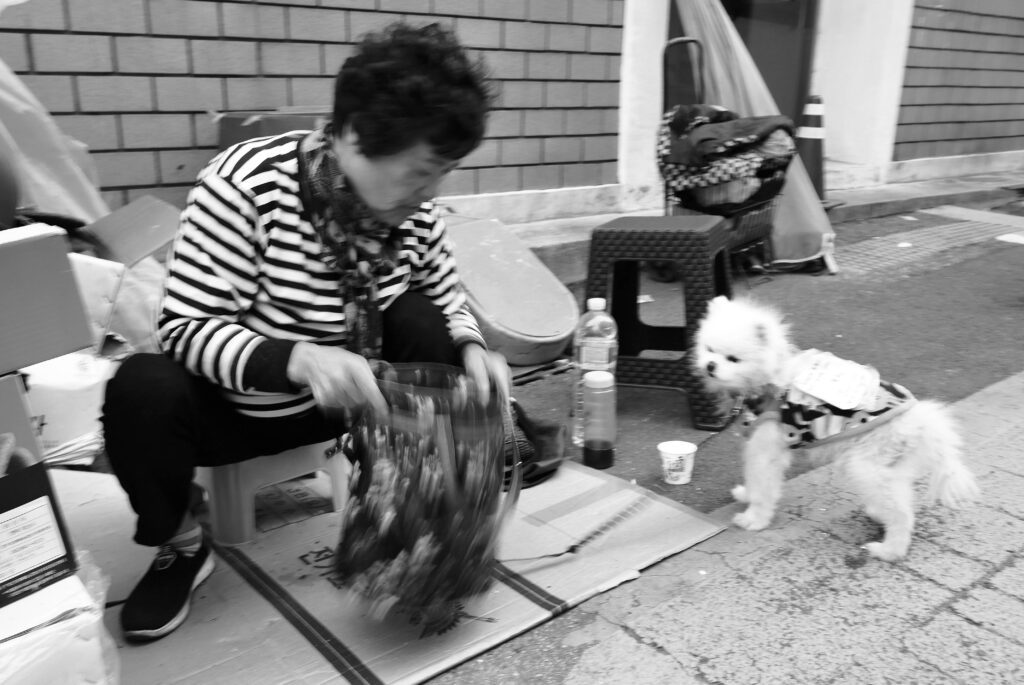애벗(Berenice Abbott, 1898~1991)은 뉴욕을 촬영한 대표적 사진작가이다. 애벗은 카메라만이 오늘날 도시의 빠른 표면을 포착할 수 있으며 모든 사람이 이해할 수 있는 언어를 구사할 수 있다고 말한다. 이것은 한정식이 ‘사진은 말’이라고 말한 것과 상통한다. 애벗이 제시하는 어떤 도시의 초상을 만든다는 것은 평생이 걸리는 작업이며, 결코 하나의 초상으로는 충분치 않다. 왜냐하면 도시는 항상 변화하고 있기 때문이다. “도시 속의 모든 것은 바로 그 변화를 둘러싼 이야기의 각 부분이다. 벽돌, 돌, 철, 유리, 나무 등이 바로 그 육체이고, 선남선녀들은 그 살아 있는 피다. 거리의 풍경들, 파노라마들, 상공에서 내려다본 것과 바닥에서 올려다본 것, 우아한 것과 부끄러움에 가득 찬 것, 고상한 인생과 천한 세상살이, 비극과 희극, 누추함과 부유함, 거대한 마천루들, 빈민가의 상스러운 장면들, 일하는 사람들, 집안 사람들, 노는 이들 …” 사진나무숲 사진작가들은 주제전에서 부산의 초상사진 작업을 통해서 해양도시 부산의 가능성을 말해보고자 한다. 해양도시 부산의 초상을 ①부산의 역사 ②부산의 자연⁃환경 ③부산의 구조 ④부산의 라이프-인물 등 4영역으로 세분하여 촬영한 사진 작업을 토대로 한다. ⑤특별전 1은 도시의 주제로 꾸준히 작업해 온 국내작가 7인을 초빙해 구성한다. 부산을 넘어 초월적 도시로서의 사진과 다큐멘터리 영상으로 함께 관람하며 소통할 수 있는 장이다. ⑥특별전 2는 동래야류와 관련한 기록 및 영상작업물을 전시한다. 사진작가들은 무대와 무대 뒤까지 전통놀이의 진솔한 역사적 현장을 꼼꼼하게 기록하고 있으며, 탈과 연희자들의 몸짓을 담은 탈을 쓴 초상사진을 중심으로 전시가 이루어진다. ⑦특별전 3은 외부작가와 사진나무숲의 콜라보 전시작으로써 스페이스포포 갤러리에서 진행한다. 부산이 가지고 있는 역사, 그리고 자연과 더불어 우리들이 일상적인 코드를 가지고 살아가는 모습을 기획하여 전시한다.
① 부산의 역사
참여작가 : 배대석, 양수경, 원상혁, 차철욱, 추점자, 허남재
부산의 역사는 하이데거의 시간성 논리로 찾아본다. 하이데거는 시간성을 도래하는 미래가 과거의 기억을 소환하고 종합하여 현재의 사건으로 드러난다고 풀이한다. 우리가 아는 역사는 미래를 위해서 과거를 종합하여 평가하고 현재의 사건으로 드러낸 것이다. 부산의 역사는 크게 보아 고대 도시국가로부터 이어진 동래의 역사, 근대 항구로서의 부산포의 역사 둘로 나누어볼 수 있다. 현대에는 두 지역이 하나로 통합하고 도시화로 완전히 연담화(conurbation)하면서 두 정체성은 하나로 녹아들었다. 도시연담화는 도시가 확대, 팽창되면서 다른 행정구역의 시가지와 맞닿는 것이다. 세계적 해양도시를 꿈꾸는 부산의 역사는 과거 해역을 중심으로 한 전략적 기지로서의 항만도시다. 동래의 역사를 담고 있는 금정산성은 국립공원이라는 화두로, 항구로서의 역사를 담고 있는 가덕도는 신공항 건설이라는 화두로 몸살을 앓는 중이다. 한반도 전쟁의 흔적인 유엔기념묘지, 국제시장 등의 초상 속에서 부산의 미래 가능성을 찾을 수 있을까?
The history of Busan is explored through Heidegger’s logic of temporality. Heidegger interprets temporality as a future that is always approaching, which summons and synthesizes memories of the past, revealing itself as an event in the present. The history we know is a synthesis of the past, evaluated for the sake of the future, and revealed as an event in the present. The history of Busan can be broadly divided into the history of Dongnae, which continued from the ancient city-state, and the history of Busan Port as a modern port. In modern times, the two regions have been integrated into one and completely conurbated through urbanization, melting the two identities into one. Urban conurbation refers to the process by which a city expands and grows to the point where it comes into contact with the urban areas of neighboring administrative regions. The history of Busan, which dreams of becoming a world-class maritime city, is a port city that used to be a strategic base centered on the sea. Geumjeong Fortress, which holds the history of Dongnae, is under strain from the issue of being designated a national park, while Gadeok Island, with its history as a port, is grappling with the controversy surrounding the construction of a new airport. Can we find the future potential of Busan in the portraits of places marked by the Korean War, such as the UN Memorial Cemetery and the International Market?

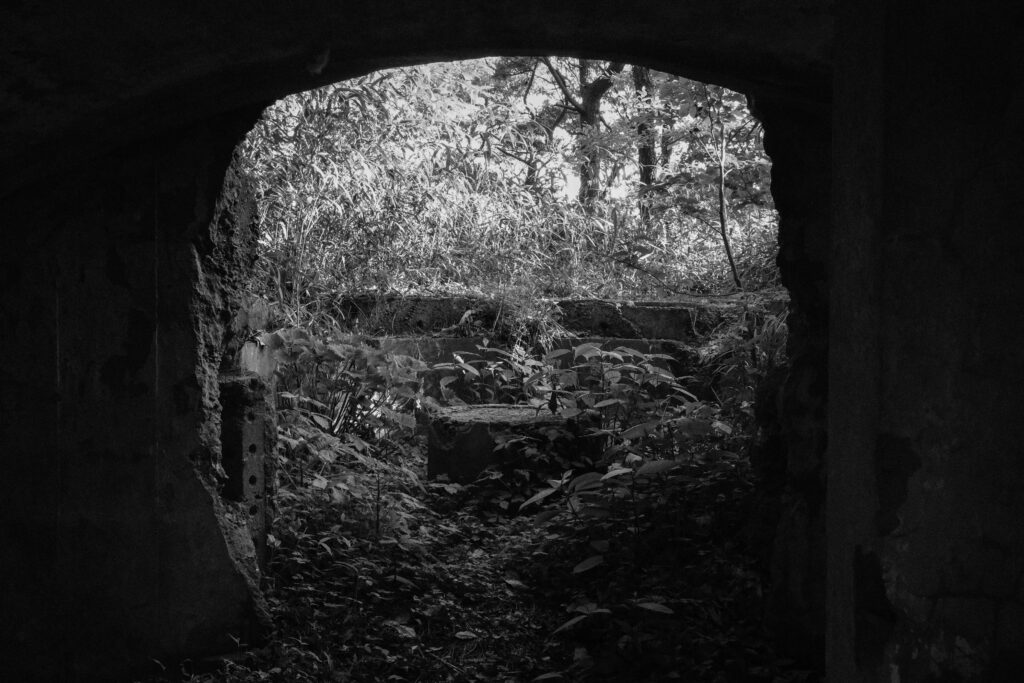
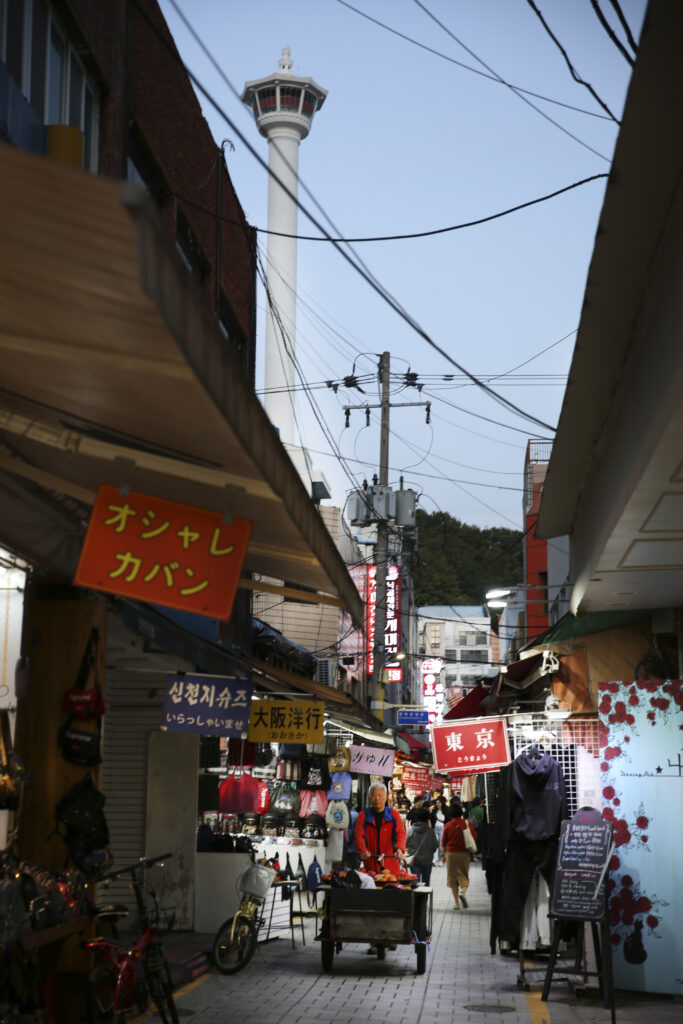
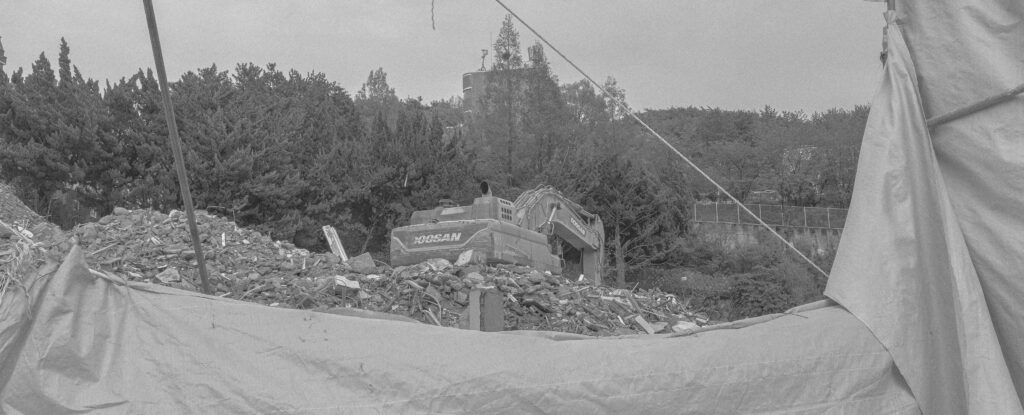
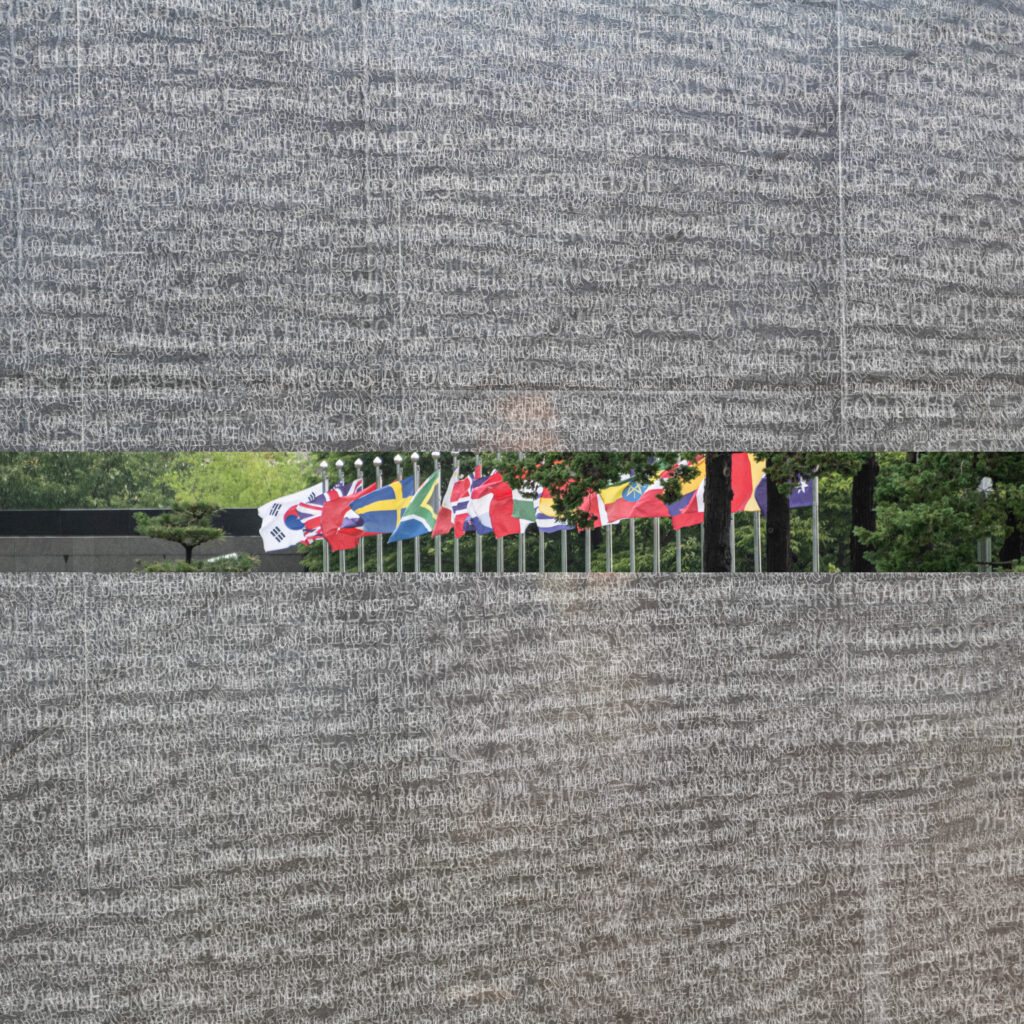
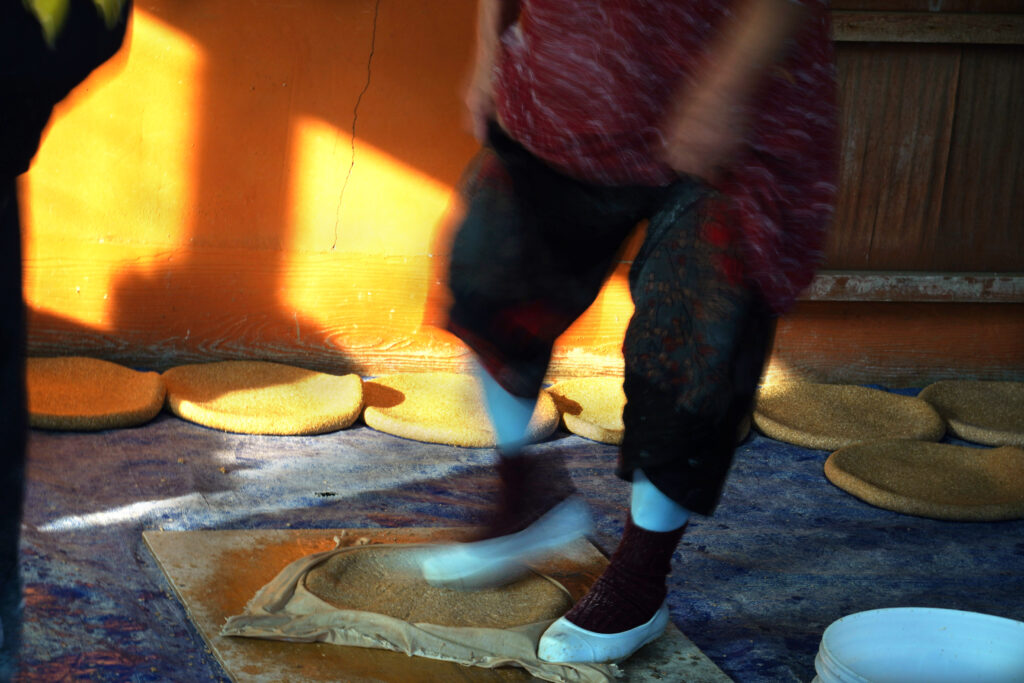
② 부산의 자연⁃환경
참여작가 : 김귀선, 나홍렬, 백종현, 최분이, 하진수
부산의 자연⁃환경은 바다에 무게를 두고 생태계 변화와 인간의 모습을 찾아본다. 한반도의 남동쪽 끝자락에 위치한 부산은 동쪽과 남쪽이 바다에 접해 산과 조화를 이루는 천혜의 아름다운 자연환경을 가지고 있다. 동서로 긴 바다를 품고 있는 아름다운 해안 도시인 부산은 현재 지구온난화로 인해 매년 해수면이 상승하고 있다는 공포와 마주하고 있다. 친수 공간으로서의 바다의 매력, 낙동강 하구에서 드러나는 자연 보존적 책임, 기후변화가 초래한 소나무 등의 산림 녹지 문제 등 자연⁃환경의 지속가능성이 문제이다. 낙동강 하류가 바다와 만나 펼쳐내는 다대포 풍광은 그 설렘만큼이나 자연 보존적 책임감을 불러일으킨다. 낙동강 끝자락 모래섬 중사도는 콘크리트와 비닐하우스 속에서 오늘을 살아가고 있다. 수영강 하류와 만나는 바다, 태평양 물결과 합류하는 해운대의 모래는 일상과 공존하는 장소이다. 연하늘빛 쉼터이면서도 장소 혹은 자연과 나와의 관계와 감정은 매일 달라지는 모습들을 하고 있다.
Busan’s natural environment focuses on the ocean and explores the changes in the ecosystem and the human form. Busan, located at the southeastern corner of the Korean Peninsula, has a beautiful natural environment that is in harmony with the mountains, with the ocean bordering the east and south. Busan, a beautiful coastal city embracing a long stretch of sea from east to west, now faces the growing fear of rising sea levels each year due to global warming. The sustainability of its natural environment is at stake—from the allure of the sea as a waterfront space, to the ecological responsibility revealed in the Nakdong River estuary, and the challenges to forested green areas, such as pine forests, brought on by climate change. The Dadaepo scenery where the lower reaches of the Nakdong River meet the ocean evokes a sense of responsibility for nature conservation as much as it is exciting. Jungsa Island, a sand island at the end of the Nakdong River, lives today in concrete and vinyl houses. The ocean that meets the lower reaches of the Suyeong River and the sand of Haeundae that merges with the Pacific Ocean are places that coexist with everyday life. Though it is a pale-sky-colored place of rest, the relationship and emotions between the place—or nature—and myself take on a different form each day.

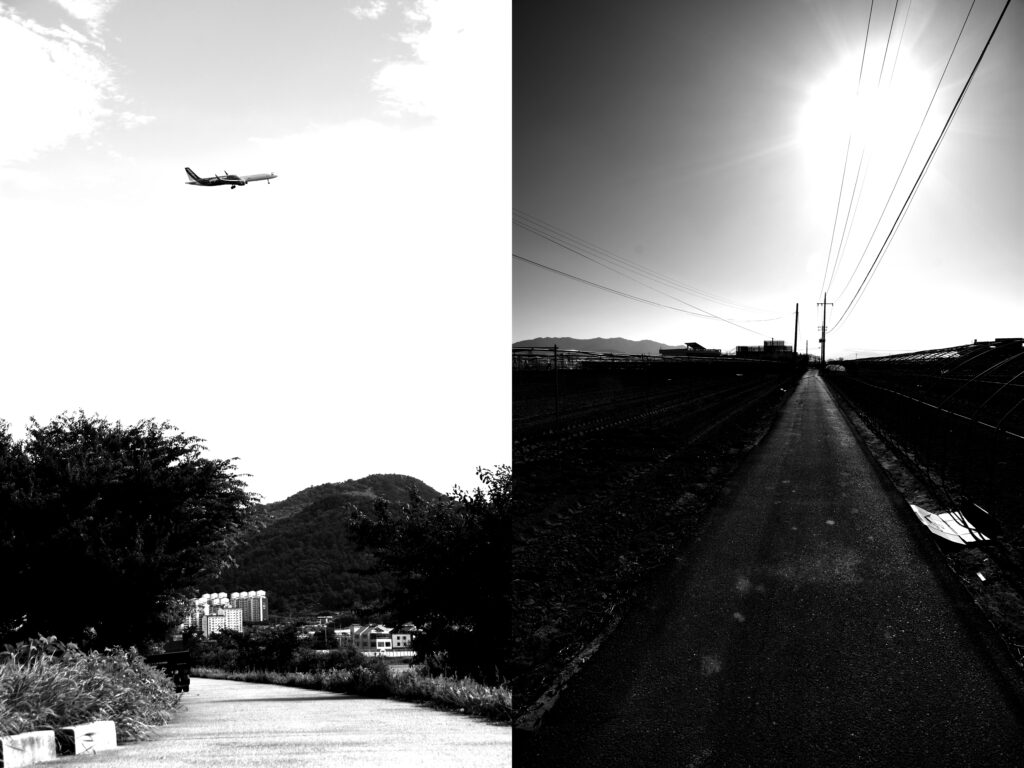
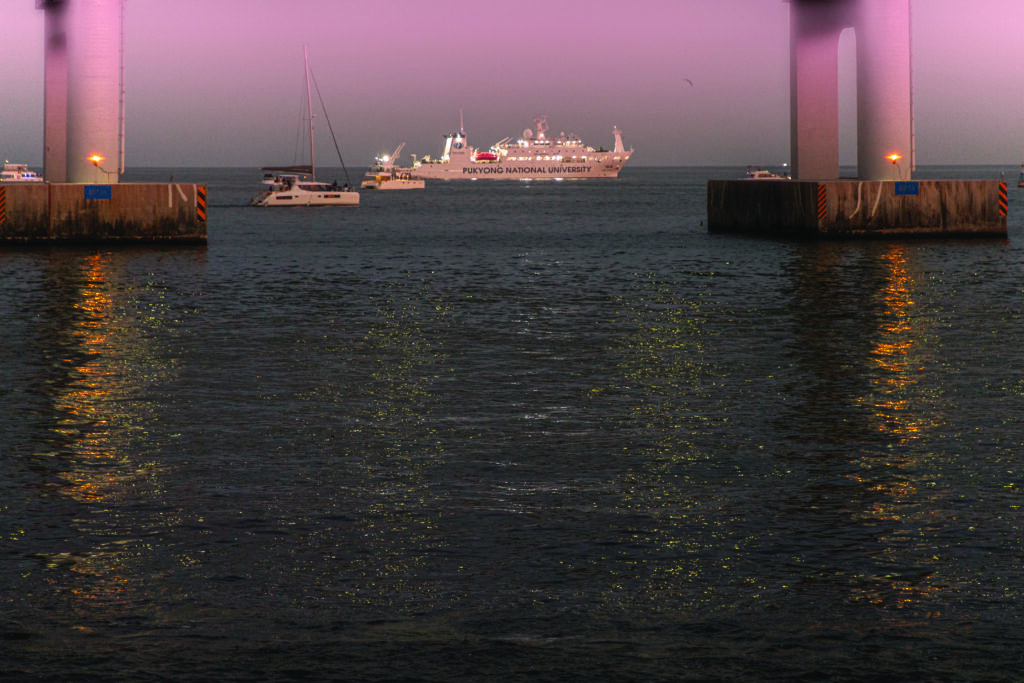
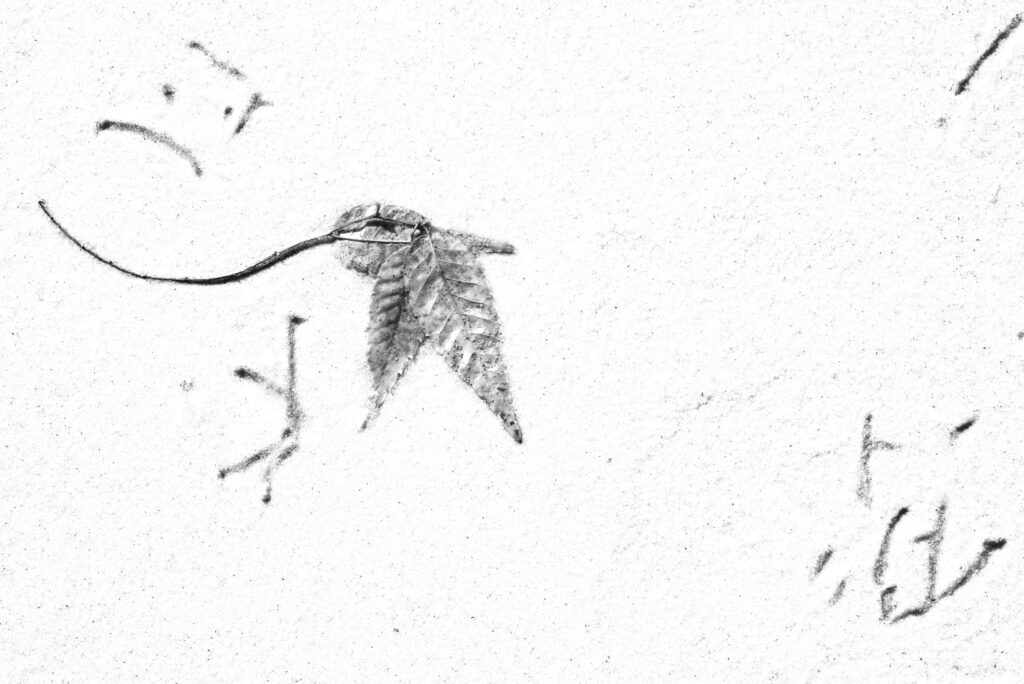

③ 부산의 구조
참여작가 : 우혜선, 이수우, 최성희, 허선중
부산의 구조는 구조주의적 입장에서 찾아본다. 구조주의는 문화와 사회가 무의식적으로 구조화되어 있으므로 그 구조를 파악해서 문화와 사회를 이해하려는 철학이다. 도시 구조는 크게 공간구조, 건축구조, 산업구조, 인구구조 등의 측면으로 접근할 수 있다. 눈에 보이는 도시의 구조물, 건물벽, 역사를 함축한 건축물, 복잡하게 얽힌 산업구조, 동서 간의 도시 생활 및 차이, 계급구조 속 문화의 차이, 사회구조 속 인간이 만들어 낸 제도화 등은 현재의 부산을 구성하고 있다. 부산의 울퉁불퉁한 해변을 에두르고 있는 테트라포트, 도심의 하천 위로 버티고 있는 다리 구조물은 거대한 매스(MASS)로 때로는 아름다운 조형물로 재해석 된다. 빌딩이나 건물 외벽, 도시의 구조물들에 얼룩진 색채는 도시를 이루는 비늘 같은 조각들이다. 이런 편린들은 생성과 소멸하며 일상적으로 반복되고, 그 변화의 속도는 점점 더 가속이 붙는다. 도시의 곳곳은 인간들의 소비욕망으로 가득 채워져서 매일 신세계를 열고 있다. 기장군에 고리원자력발전소의 전기공급은 양자산업시대에 보조를 맞출 수 있을지 의문이다.
The structure of Busan is examined from a structuralist perspective. Structuralism is a philosophy that seeks to understand culture and society by identifying their underlying structures, based on the idea that they are unconsciously organized. The structure of a city can be approached largely in terms of spatial structure, architectural structure, industrial structure, and population structure. The visible structures of the city—walls of buildings, architecture embedded with history, intricately entangled industrial systems, differences in urban life between the east and west, cultural distinctions shaped by class structures, and institutional systems created by humans within the framework of society—all come together to form the present-day Busan. The tetrapods surrounding Busan’s rugged beaches and the bridge structures supporting the rivers in the city center are sometimes reinterpreted as beautiful sculptures as gigantic masses. The colors stained on buildings, building exteriors, and urban structures are scale-like fragments that make up the city. These fragments are created and destroyed, repeated daily, and the speed of change is accelerating. Everywhere in the city is filled with human consumer desires, opening up a new world every day. It is questionable whether the electricity supply from Kori Nuclear Power Plant in Gijang-gun can keep pace with the era of quantum industry.


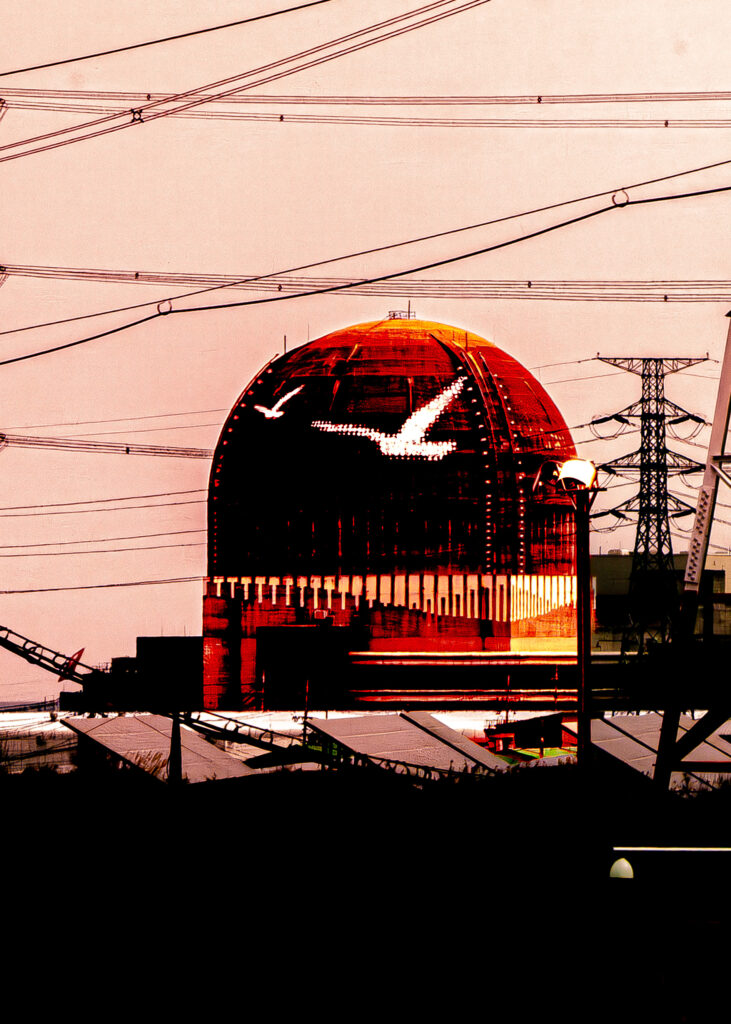

④ 부산의 라이프⁃인물
참여작가 : 강동렬, 김지백, 박보경, 양미용, 윤민효, 윤숙현, 차옥경
부산의 라이프-인물은 “부산을 기록하자”라는 사진나무숲 테마의 지속적인 사진작업 과정 중 하나이다. 해역 네트워크 속의 부산은 보수성에서 탈피하여 세계를 향해 환대하는 도시로 탈바꿈하고 있다. 부산의 사람들은 다양한 축제와 행사를 찾아오는 외지인들과 나날이 익숙해지면서 낯설지만 낯설지 않은 모습들에서 풍요로운 미래 가능성을 찾는다. 개인의 일상으로 나의 삶과 결부된 모습, 문화 취향, 시대의 변화, 여가문화, 소비문화, 현란한 인물의 모습은 일상을 채우는 소재들이다. 화명생태공원을 산책하는 개들의 멍한 세상은 집안과 거리 어디에서나 볼 수 있는 사회상이다. 집안에서의 고양이는 묘한 세상을 만들어 내기도 한다. 이렇듯 도시는 시시때때로 환상을 불러일으키기도 하며 우울과 환희를 반복하는 공간이다. 태양이 사라진 비 오는 날의 도시, 현란한 조명이 번지는 도시의 야경은 작가들의 영감을 불러일으킨다. 원도심의 일상은 태어나고 자란 누군가의 고향으로서의 기억이기도 하다. 가덕도 공항복합도시 조성사업으로 사라질 눌차도에서의 일상은 오늘도 여일하게 반복되고 있다.
Busan Life-People is one of the ongoing photo work processes under the theme of “Let’s Record Busan” in Photo Tree Forest. Busan, within the maritime network, is breaking away from conservatism and transforming into a city that welcomes the world. As Busan residents become more familiar with outsiders who visit various festivals and events, they find abundant future possibilities in unfamiliar yet familiar appearances. The aspects of daily life connected to my personal experience—cultural preferences, shifts of the times, leisure culture, consumer culture, and the vivid presence of individuals—are all elements that fill everyday life. The dazed world of dogs strolling through Hwamyeong Ecological Park reflects a social landscape that can be seen both inside the home and out on the streets. Cats in the house also create a strange world. In this way, the city sometimes evokes fantasy and is a space that repeats depression and joy. The city on a rainy day when the sun has disappeared and the city at night with dazzling lights spark inspiration for writers. The daily life of the city center is also a memory of someone’s hometown where they were born and raised. The daily life on Nulcha Island, which will disappear due to the development of the Gadeok Island Airport Complex City, is still repeated today.

